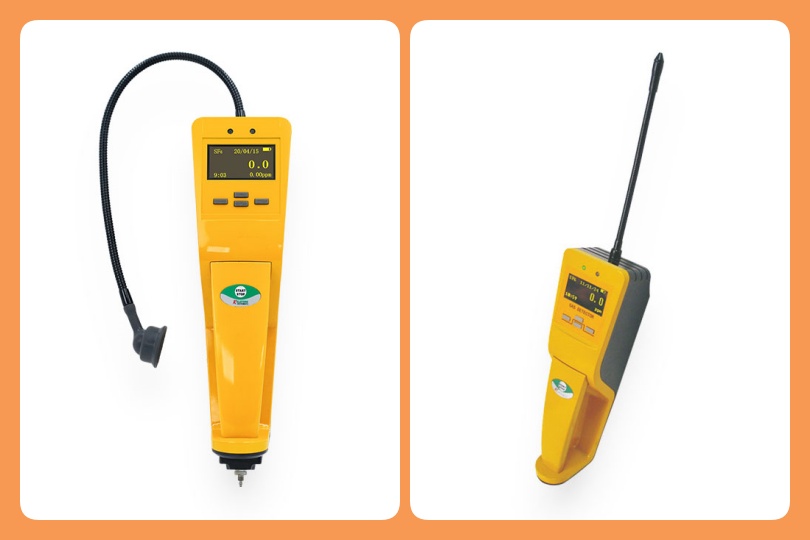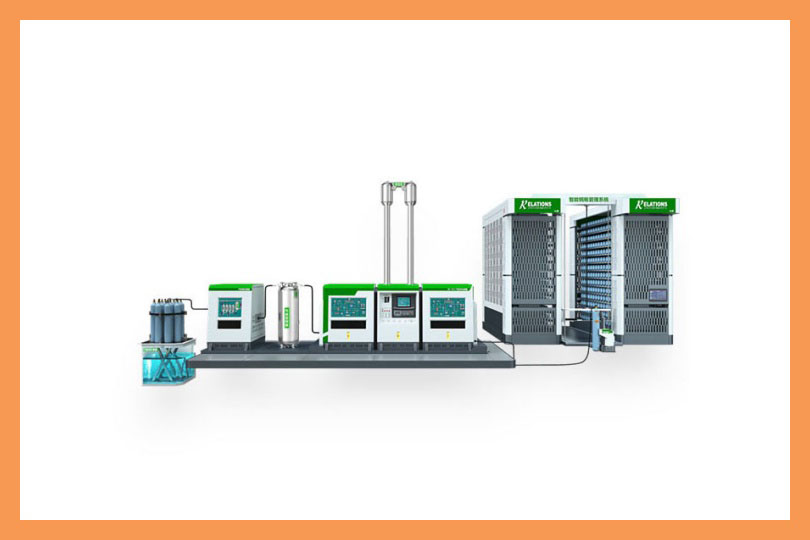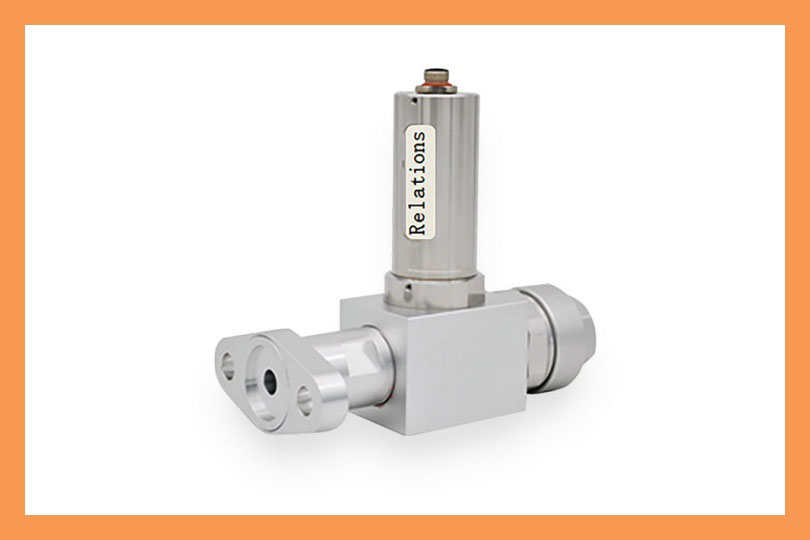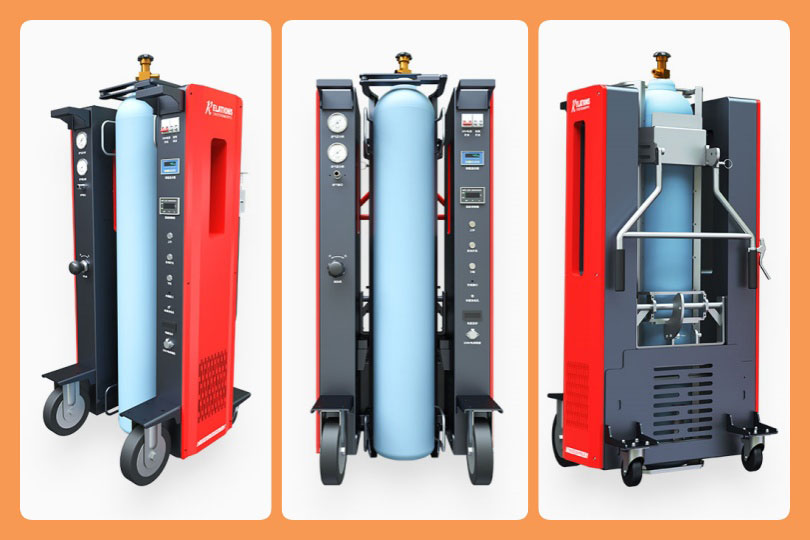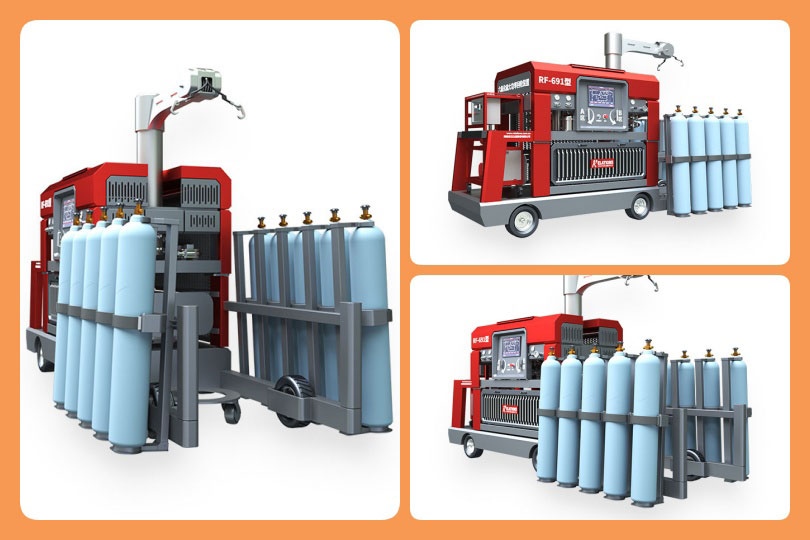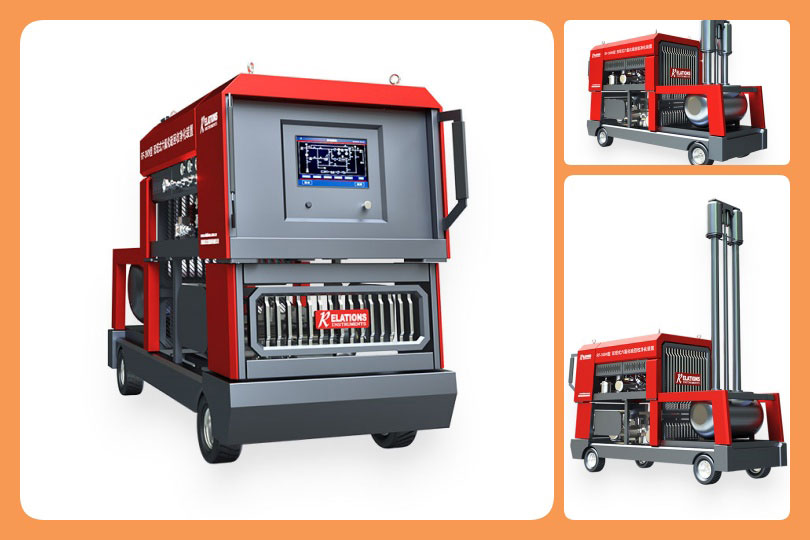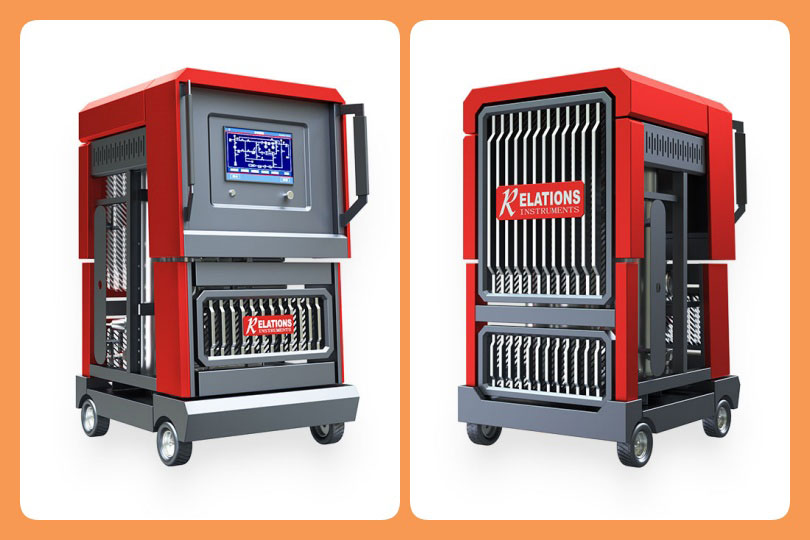How to Choose an SF6 Gas Monitoring System: What Key Features Guarantee Leak Detection Accuracy?
Date
2025-08-27
[email protected]
Website
www.sf6gasdetector.com
Get Solutions And Quotes
How to Choose an SF6 Gas Monitoring System: What Key Features Guarantee Leak Detection Accuracy?
SF6 (sulfur hexafluoride) is a critical insulator in high-voltage electrical equipment—from power substations’ circuit breakers to industrial transformers—thanks to its superior arc-extinguishing capabilities. Yet its status as a super greenhouse gas (23,500x more potent than CO₂ over a century) and toxic leakage risks demand proactive oversight. An SF6 gas monitoring system is not just a regulatory requirement; it’s the backbone of safe, sustainable electrical operations for power utilities and industrial facilities.
Why Your Facility Needs an SF6 Gas Monitoring System
The consequences of unmonitored SF6 leaks extend beyond fines: they threaten personnel health and accelerate climate impact. Here’s how an SF6 gas monitoring system addresses core pain points:
- Personnel Safety Mitigation: SF6 displaces oxygen in confined spaces, leading to suffocation. A real-time SF6 gas monitoring system triggers alarms at concentrations as low as 1000 ppm (OSHA’s exposure limit), preventing accidental inhalation.
- Environmental Compliance: Global regulations like the EU’s F-Gas Regulation (EC No. 517/2014) mandate a 79% reduction in SF6 emissions by 2030. An SF6 gas monitoring system tracks leaks, logs data, and generates reports to prove compliance.
- Cost Savings: Unchecked leaks force frequent SF6 refills (costing $100+/lb) and shorten equipment lifespan. The system’s leak localization cuts refill costs by up to 30% and extends asset life by 5+ years.
Core Features to Prioritize in an SF6 Gas Monitoring System
Not all SF6 gas monitoring systems deliver equal value. Focus on these technical specifications to meet operational needs:
1. Detection Accuracy & Speed
Opt for systems with a detection range of 0-5000 ppm and precision ≤1 ppm—critical for early leak identification.Ensure real-time data transmission (update interval <5 seconds) to avoid delayed responses.
2. Environmental Adaptability
Industrial and substation environments require IP65/IP67 waterproof/dustproof ratings to withstand extreme temperatures (-30°C to 60°C) and humidity.
3. Connectivity & Data Integration
Choose IoT-enabled SF6 gas monitoring systems that sync with SCADA or facility management platforms. Cloud storage allows for historical trend analysis (e.g., seasonal leak patterns).
How to Maximize ROI with Your SF6 Gas Monitoring System
Regular Calibration: Schedule quarterly checks to maintain detection accuracy—this avoids false alarms and ensures compliance.
Staff Training: Train operators to interpret system data (e.g., distinguishing between minor leaks and critical failures) for faster response.
Integration with Leak Repair: Pair the system with a proactive repair protocol. For example, if a transformer shows a 5 ppm/day leak, dispatch technicians within 48 hours to minimize gas loss.
An SF6 gas monitoring system is no longer optional for facilities using high-voltage equipment—it’s a strategic investment in safety, compliance, and cost efficiency. By prioritizing accuracy, connectivity, and proactive maintenance, you can turn the system into a tool that drives long-term operational excellence.

